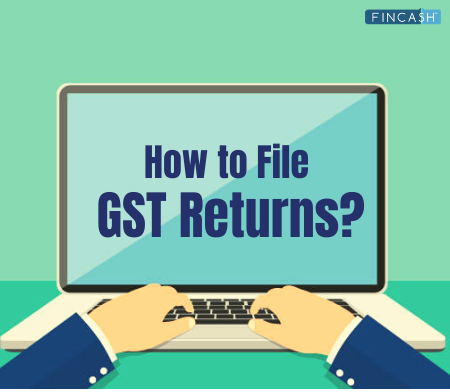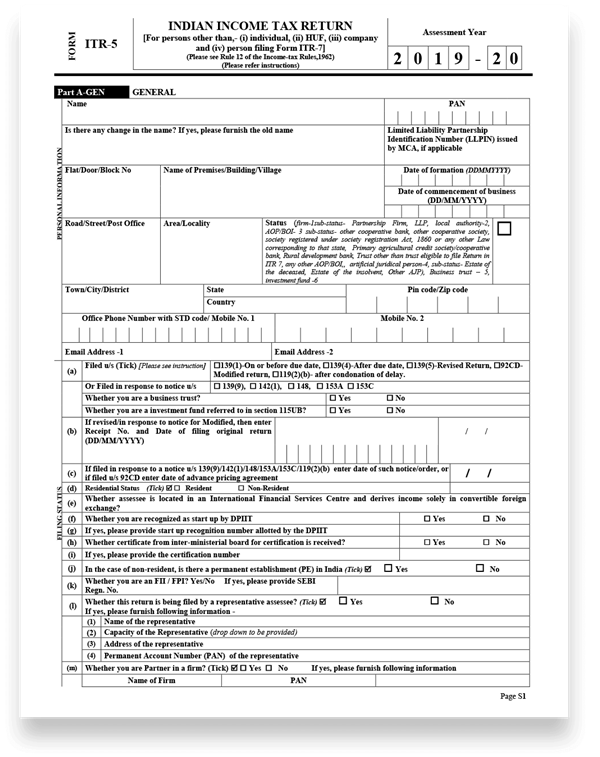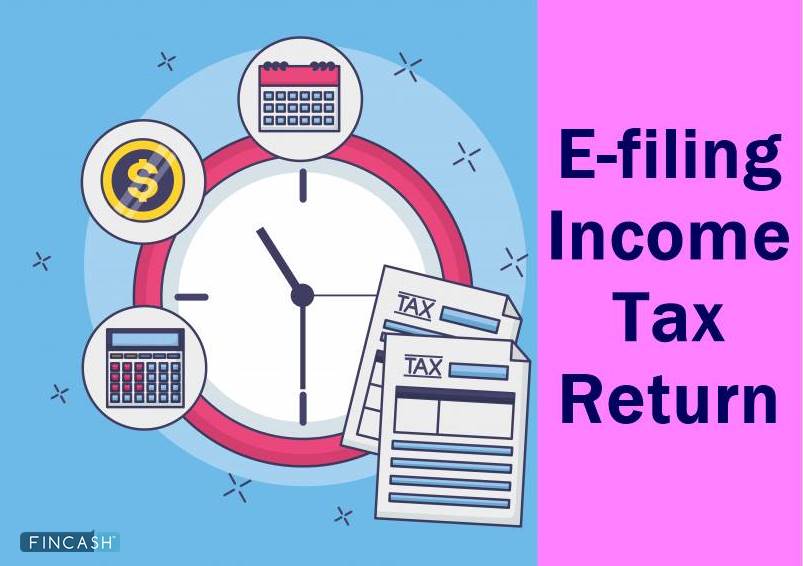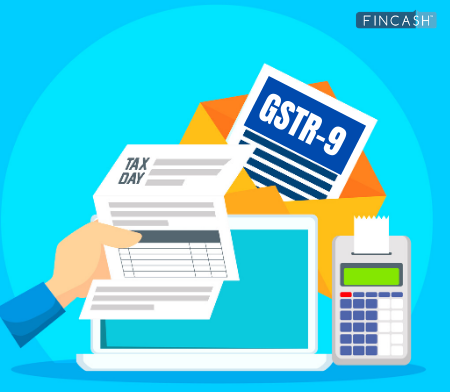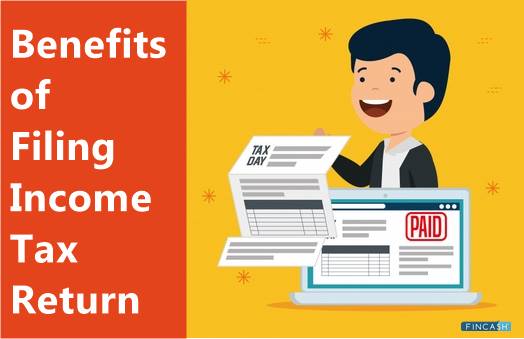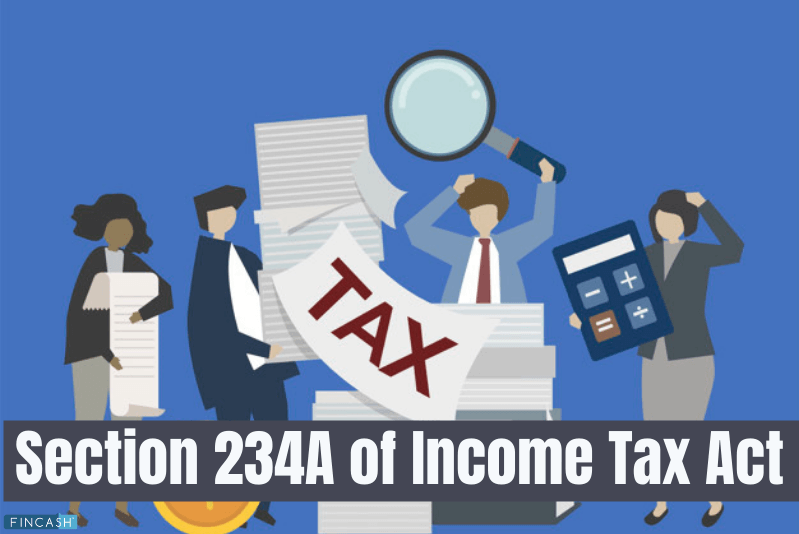5 Most Common Errors TaxPayer Do While Filing GST Returns
Filing GST returns is mandatory for taxpayers. It’s a complex procedure, hence it is important to be cautious about every entry made onto the GSTN portal. Any mistake made cannot be rectified. Make sure you are aware of the most common errors and stay away from committing them.
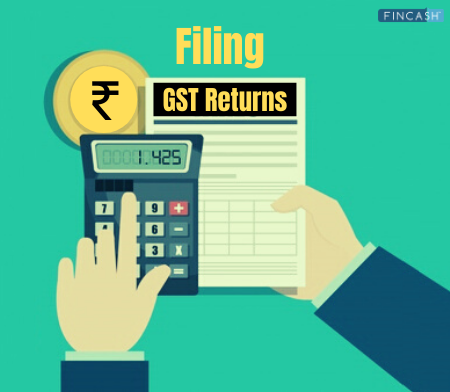
5 Major GST Return Filing Mistakes to Avoid
1) Not filing GST returns for zero sales
It is important to be aware that you have to file GST Returns despite zero sales. If you Fail to do so, you will be required to pay a penalty for late filing/not filing GSTR.
If you have had zero sales in a particular tax period, make sure you file Nil returns. This is one of the major confusions people face and it would be advisable that a well-experienced CA be consulted before filing.
2. Paying tax under the wrong GST category
Various businesses have encountered loss because they paid under wrong categories. While filing GST returns, make sure you are paying your tax under the right category. If your filing is intended to be under State Goods and Services Tax (SGST), don’t file it under other categories. Collect complete information on the types of GST returns before filing your Taxes.
Note: All interstate transactions will come under IGST and all intrastate transactions will come under CGST+SGST tax.
For instance: You have to pay Rs. 5000 under IGST category and Rs. 3000 under CGST and SGST category respectively. Instead, you pay Rs. 8,000 under IGST category. You cannot balance the amount with the other categories. It won’t tally. You will still have to pay the mentioned amount under the CGST and SGST category despite the mistake.
Advice- The error here cannot be rectified immediately in the sense that you won’t be able to transfer the balance to other categories. Instead, the balance amount under IGST can be carried forward for future payments and can be reclaimed.
Talk to our investment specialist
3. Treating zero-rated exports as Nil-rated
Understand that all exports under GST will be considered as zero-rated supplies. This doesn’t mean that the Tax Rate on these supplies is 0%. It means that any tax paid on imports or exports, shall be refunded (ITC).
Nil-rated supplies are taxed at 0% or nil rate, and ITC isn’t applicable. Refrain listing exports under Nil-rated supplies because you will not avail a refund on the tax paid.
Advice- The only advice to such error is to be careful while filing GST returns. Remember, all exports are zero-rated and not nil-rated.
4. Paying unwanted reverse charges
This is a common error that many suppliers commit when filing GST returns. Under the Reverse Charge Mechanism, the recipient of the supply is to pay the tax charged on the supply and not the supplier.
In some special cases, if an unregistered supplier is supplying material to a registered recipient, the latter is supposed to pay the tax charged.
For eg: If X is the supplier and Y is the recipient, Y is to pay tax on the goods or services received and not X.
Many suppliers end up paying a tax instead of the recipient without proper knowledge.
Advice- The amount paid is non-refundable and the recipient will still have to pay the tax despite the payment made by the supplier. The supplier can claim the excess tax paid under ITC.
5. Incorrect entry in monthly and quarterly returns
It is extremely important that all your monthly and quarterly data should match with your annual data. The smallest mistake can cause your GSTR-9 to get rejected. This will only lead to you receiving a demand notice from the GST department on a later date.
Advice- Make sure you are filing monthly and quarterly returns regularly. Keep checking the data before passing it out. Match your annual return with every GSTR-1 and GSTR-3B filed to keep up.
Conclusion
Read about the types of GST returns carefully before filing GST returns. Keep a careful eye on every detail and data entered into the filing of the returns to avoid financial losses. If you are filing your Goods and Services Tax (GST) return make sure you consult a Chartered Accountant (CA).
All efforts have been made to ensure the information provided here is accurate. However, no guarantees are made regarding correctness of data. Please verify with scheme information document before making any investment.
